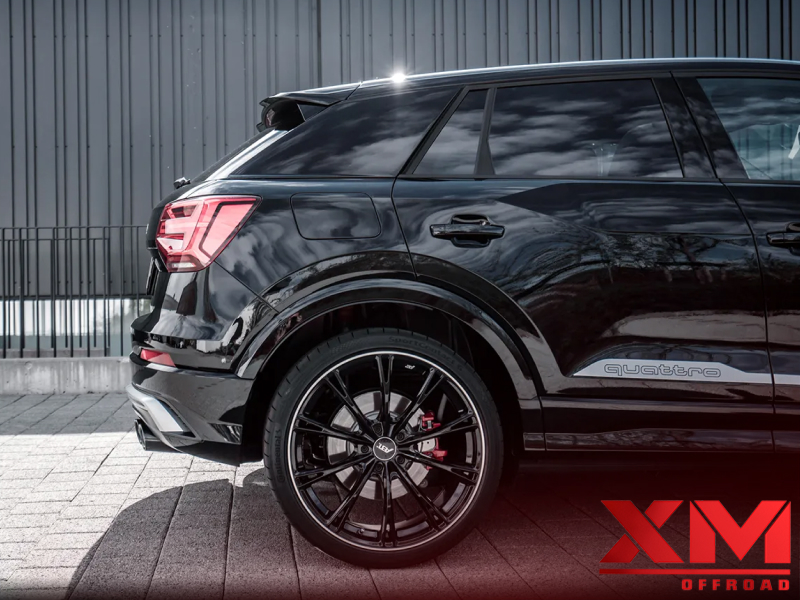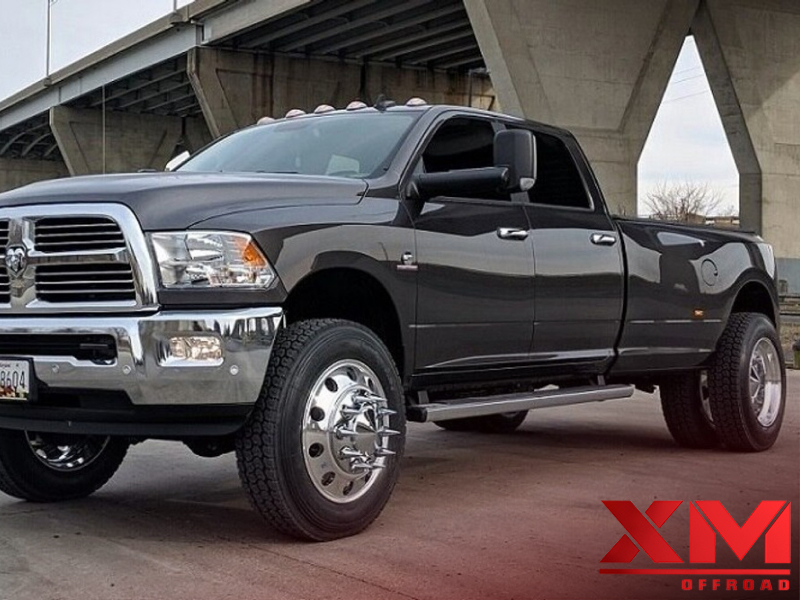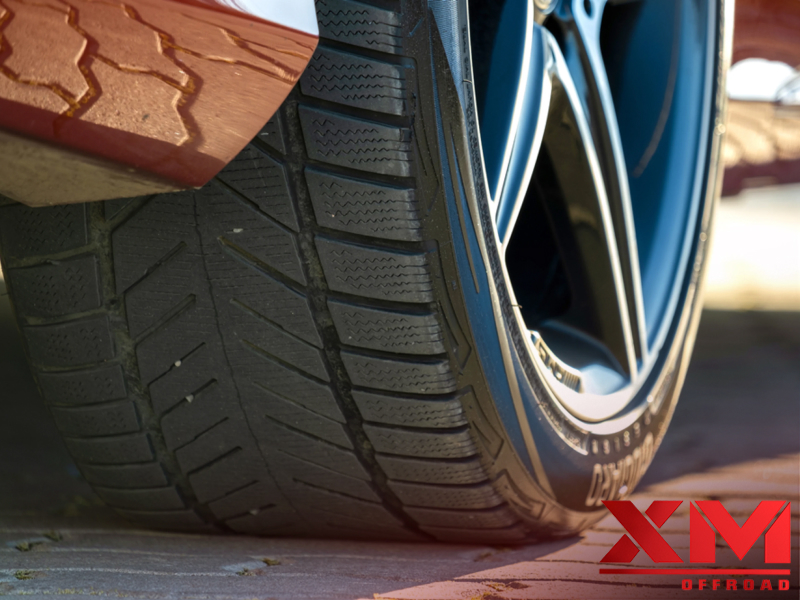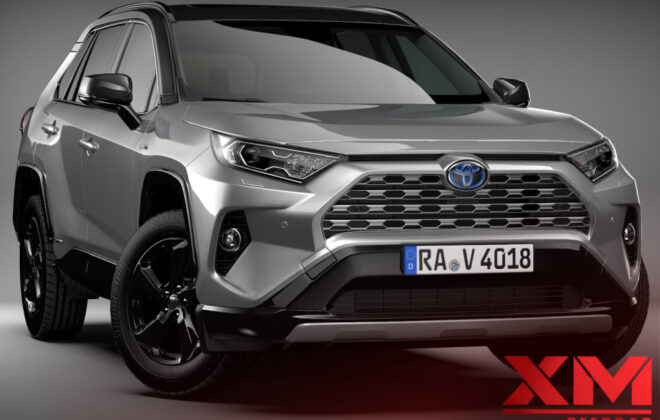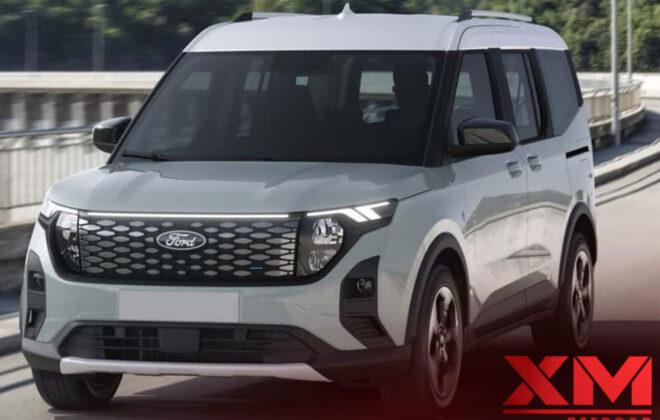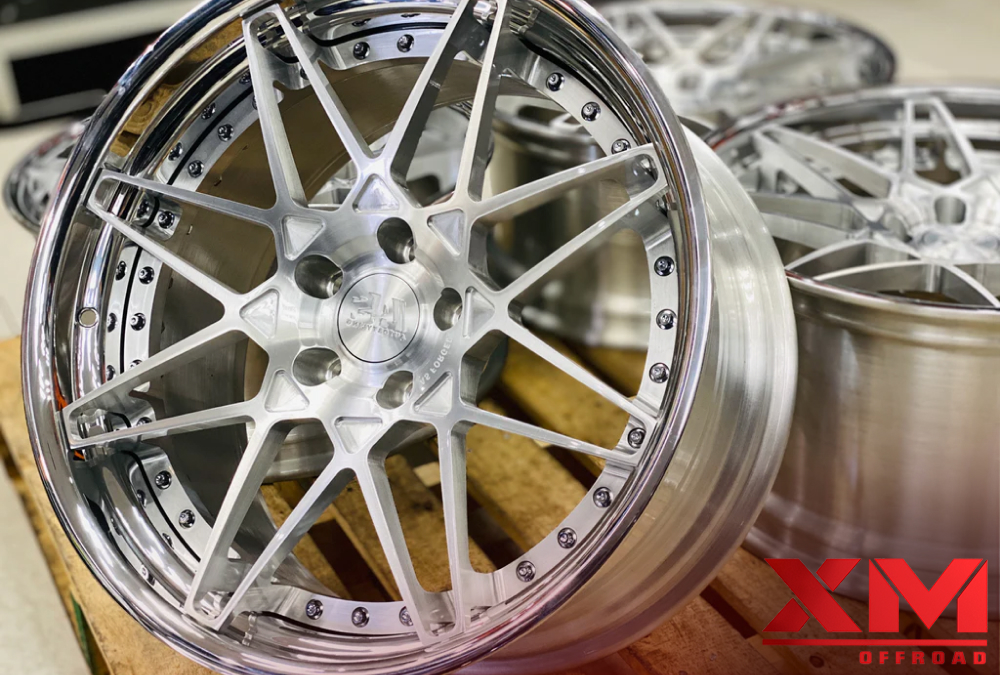
20 Inch Split Rims VS 22.5 Truck Rims: A Comprehensive Analysis
Most tire shops won’t touch a set because they are multi-piece and unsafe to service. These 20-inch truck rims require a cage, hearing protection, and an air chuck with a very long hose to inflate, and they can be violently separated at high pressure.
Larger wheel diameters can accommodate tires with shorter sidewalls, enhancing handling and traction. However, the increased ride height may compromise comfort.
-
Performance
There are a lot of things to consider when you’re converting your truck to split rims. You’ll have to weigh the cost of buying and installing the new rims versus paying for the service at a mechanic.
The rims used on split rims are usually multi-part rims called Trilex or snap ring rims. They can be disassembled radially or axially and are easy to reassemble. Herman en Route has a comprehensive guide for assembling snap ring rims on his website.
Split rims are an excellent option for overland journeys and other long-distance driving. You can find them at many salvage yards or auto junkyards. They’re also available from a handful of companies specializing in restoring and selling them on the Internet.
-
Ride Quality
A bigger tire diameter can offer a smoother ride. The larger sidewalls of a tire can absorb some of the bumps and vibrations transmitted to the vehicle’s interior from rough terrain. In addition, a tire with a thicker sidewall offers more protection to the rim in case of an impact.
However, a wider tire can also be less stable on the road than one with a narrower sidewall.
When deciding on which rim size to choose, it’s essential to consider how the truck will be used. A more durable tire will also provide greater longevity and reduce the risk of punctures.
Some riders who enjoy going off the beaten track prefer a smaller tire for increased agility. These riders can save money using a lower-cost tire that lasts longer. They may also find that a less-expensive tire feels better when riding over rugged terrain.
Lastly, some people prefer the look of a split rim, which can be a factor in making a decision. You can contact XM Off-road Wheels to get cost-effective tires with high-quality.
-
Safety
If you’re planning to travel overland in your Expedition Truck with 20 Inch split rims, you need to be aware of the safety risks these 20 inch truck wheels present. Unlike standard one-piece wheel designs, these wheels have an outer bead seat that separates from the inner rim ring and is held only by the lugs on the wheel studs.
Several incidents have occurred where these rims have failed in transit or during tire changing resulting in the rapid release of high-pressure air and the ejection of parts.
The split rims are more dangerous because the lugs on the rim are a looser fit. The lugs should be backed off as far as possible to prevent the rim from being accidentally pulled off. This can be done with a tire iron or a wrench and is not as easy to do on the modern truck rims that use a hub pilot system or the newer tubeless demountable Dayton rims.
-
Durability
The 22.5 truck rim size is the most commonly built truck tire size. It offers maximum road handling with a large footprint for sand and gravel driving. It’s also the cheapest way to build a truck. There are a limited number of off-road tires available in this size. However, this may be the best option if you want to drive over challenging terrain and still use your truck as a work vehicle.
Using the 20 inch split rims and a 14” off-road tire offers benefits over the standard 22.5 truck rim.
- First, it allows you to drive at lower air pressure – reducing fuel consumption and rolling resistance.
- Secondly, it creates the most extended footprint possible for sand and gravel, allowing the tire to grip better in extreme conditions.
- Another benefit of the 20” split rims is that they are easier to repair than the 22.5 truck rim. A damaged, split rim can easily be repaired with a new ring or a patch kit. The lugs can be removed from the wheel and remounted, and the brakes can be re-calibrated to work with the new rim. This is much less expensive than replacing a whole wheel assembly.
Conclusion
You’ll want to ensure that you’re purchasing and assembling the correct size of split rims and that they’re correctly mounted on your tires. You’ll also want to ensure that you’re lubing the bead and making sure the tire is tight. A loose tire can damage the rim and cause air pressure loss. You can purchase a bead-lubricating product, such as Armor All, from any automotive store to keep your tires in good shape.
Read Also: How Tires and Wheels Impact Your Ride: A Comprehensive Examination?
FAQs
Q1) What are the advantages of using 20-inch split rims?
20-inch split rims offer several advantages. Firstly, they are lighter in weight compared to 22.5 truck rims, which can result in improved fuel efficiency. Secondly, their smaller size allows for better maneuverability and handling, especially in urban areas or tight spaces. Lastly, 20-inch split rims are more cost-effective, making them popular for light to medium-duty trucks.
Q2) What are the benefits of using 22.5 truck rims?
22.5 truck rims offer a range of benefits that are particularly advantageous for heavy-duty trucks. Due to their larger size, they provide enhanced load-carrying capacity and are better suited for transporting heavy loads. Additionally, 22.5 truck rims offer superior stability and durability, making them suitable for rugged terrains and long-haul applications.
Q3) Which rim size is more commonly used in the trucking industry?
In trucking, 22.5 truck rims are more commonly used, especially for commercial trucks and heavy-duty applications. The larger size and robust construction of 22.5 truck rims make them well-suited for the demands of the industry, including carrying heavy loads over long distances.
Q4) Are 20-inch split rims compatible with heavy-duty trucks?
While 20-inch split rims can be used on heavy-duty trucks to some extent, they are more commonly found on light to medium-duty trucks. Heavy-duty trucks typically require the enhanced load-carrying capacity and durability provided by 22.5 truck rims.
Q5) Can I interchange 20-inch split rims and 22.5 truck rims on my truck?
Interchanging 20-inch split rims and 22.5 truck rims is generally not recommended due to size, load capacity, and design differences. It is crucial to consult the manufacturer’s guidelines and specifications for your specific truck model to ensure your chosen rims are compatible and safe.
Q6) What should I consider when choosing between 20-inch split and 22.5 truck rims?
When selecting between 20-inch split rims and 22.5 truck rims, several factors should be considered. These include the intended application, load requirements, terrain conditions, and the manufacturer’s recommendations for your truck model. Consulting with a professional tire and rim specialist can help ensure you make an informed decision based on your specific needs.
Q7) Are there any safety concerns associated with 20-inch split or 22.5 truck rims?
20-inch split and 22.5 truck rims can pose safety concerns if not properly maintained or misused. It is essential to follow proper tire mounting and inflation procedures and regularly inspect the rims for any signs of damage or wear. Professional installation and maintenance are recommended to minimize the risk of accidents or failures.

